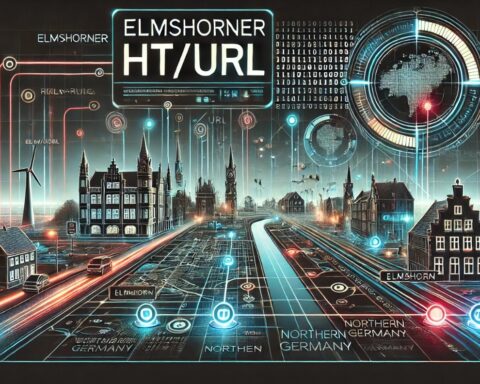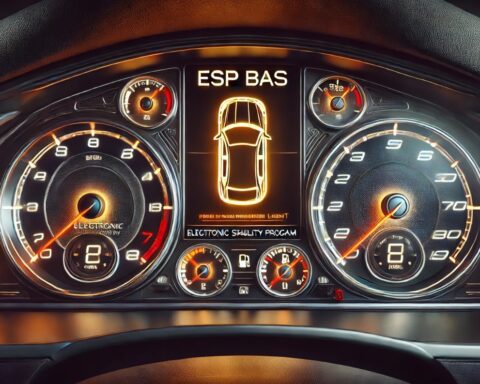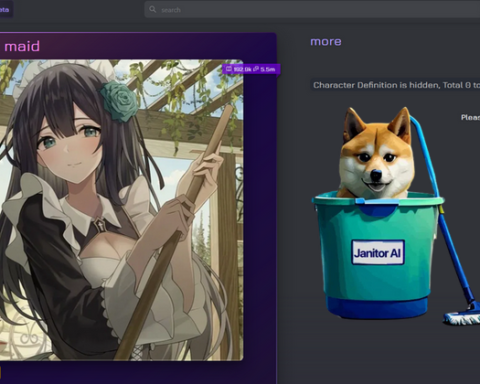Lens flare effects have evolved from unintentional camera artifacts to deliberate artistic tools in modern photography and digital design. One standout solution in this space is the Photeeq lens flare, a powerful editing plugin and asset collection that has captivated professionals and hobbyists alike. Whether you’re a seasoned photographer, a digital artist, or a creative retoucher, Photeeq’s intuitive interface and advanced light rendering provide next-level enhancement options for your visual projects.
In this comprehensive guide, we dive deep into what makes Photeeq lens flare a go-to tool, how it compares to alternatives, and the innovative features that set it apart.
The Origin and Evolution of Photeeq
Photeeq began as a digital imaging company that focused on producing intuitive and high-quality plugins for Adobe Photoshop and Lightroom. The company aimed to simplify complex photo editing techniques through customizable presets and light effects. One of their most popular offerings was the lens flare collection, designed to bring cinematic lighting aesthetics to still images.

Over time, as demand for dynamic lighting overlays grew in visual media, Photeeq Lens Flare continued refining its flare engine, blending realism with stylistic flexibility. The result was a curated library of lens flares that mimicked natural light artifacts and enhanced photo storytelling.
Today, Photeeq lens flare remains synonymous with polished, filmic lighting effects that can be added with minimal effort and maximum visual impact.
Understanding the Science Behind Lens Flares
Lens flares occur when a camera lens is exposed to bright light sources, such as the sun or artificial lights, causing internal reflections. While traditionally considered a technical flaw, lens flares have become stylistic choices in photography, film, and digital design to evoke emotion, drama, or nostalgia.
In a digital environment, replicating these effects requires precision. The Photeeq lens flare system uses layered overlays and lighting physics to recreate the refraction and scattering of light as it would naturally occur in a lens.
This balance between realism and artistry is what gives Photeeq’s flares their cinematic, believable quality.
Key Features of the Photeeq Lens Flare Plugin
The Photeeq lens flare package stands out for its user-friendly interface and wide variety of pre-configured light effects. Some of its top features include:
- Customizable intensity, position, and color temperature
- Compatibility with high-resolution images
- Real-time preview
- One-click presets for quick results
- Layer-based rendering for advanced blending
It also integrates seamlessly with Adobe Photoshop and Lightroom, allowing for both non-destructive editing and layered adjustments, which are crucial for maintaining image quality in professional workflows.
This combination of flexibility and performance makes Photeeq a staple in the toolkits of photographers and graphic designers.
Creative Uses in Photography
Photographers use Photeeq lens flare to enhance natural lighting, simulate golden hour ambiance, or add emotion and atmosphere. Whether it’s a backlit portrait, a wedding photo, or a fashion editorial, lens flares can draw the viewer’s eye and enhance the composition.
Common use cases include:
- Adding drama to outdoor portraits
- Highlighting focal points in scenic photography
- Creating depth in silhouette images
- Enhancing rim lighting on subjects
By using Photeeq’s effects with intention, photographers can elevate ordinary photos into cinematic moments.
Application in Graphic and Digital Design
Beyond photography, Photeeq lens flare is frequently used in digital artwork, posters, and marketing visuals. Designers use it to simulate light sources, add futuristic effects, or create visually engaging banners.
For example:
- Movie posters often include lens flares to emphasize mood
- Product ads use them to draw attention to featured items
- Web and UI designers incorporate flares in hero images for a sleek, professional look
In digital design, light plays a storytelling role—and Photeeq gives designers a rich palette to work from.
Comparison with Other Lens Flare Plugins
While there are many lens flare tools on the market, Photeeq holds its ground due to its balance of ease-of-use and visual fidelity. Popular competitors include Lens Distortions, Optical Flares by Video Copilot, and Flare Effects in Luminar or ON1 Photo RAW.
Compared to these:
- Photeeq is less resource-intensive, making it suitable for slower systems
- It emphasizes photographic realism over stylized sci-fi effects
- Pricing is more affordable, with one-time purchases instead of recurring subscriptions
For users looking for quick results without sacrificing quality, Photeeq strikes a compelling balance.
Installation and Compatibility
Installing Photeeq lens flare is straightforward. After purchasing or downloading the package, users simply install the plugin files into their respective Adobe folders. It supports:
- Adobe Photoshop (CS6 and all Creative Cloud versions)
- Adobe Lightroom (4 and above)
- Windows and macOS platforms
Installation instructions come with the package and usually take under 10 minutes to complete.
Once installed, the plugin appears in the Filters or Presets panel, ready for use on any image.
Realistic Lighting Without Compromise
Photorealism is where Photeeq truly shines. Its lens flares mimic subtle glares, ghosting, and reflections commonly seen through real camera lenses, without the harsh, overproduced look of older flare plugins.
The plugin supports dynamic adjustments, including:
- Source angle and brightness
- Light scatter patterns
- Hue and warmth settings
- Environmental blending for clouds, haze, or fog
This ensures the flare looks like a natural extension of the image, not an artificial add-on.
Photeeq Lens Flare and Cinematic Photography
Cinematic photography relies heavily on mood and atmosphere, both of which are enhanced through light manipulation. Photeeq’s flares enable photographers to recreate scenes that feel pulled from a movie still.
By layering flares with color grading, vignettes, and shallow depth of field, creators can craft visuals that evoke strong emotional responses—romanticism, mystery, nostalgia, or action.
Photeeq provides the lighting nuance that helps storytellers bring drama to the still image.
Why Visual Artists and Retouchers Prefer Photeeq
Retouchers and digital artists appreciate Photeeq lens flare for its precision and control. Unlike static overlays, its effects are fully adjustable, allowing minute refinements to fit any image style or composition.
Artists can isolate flares to specific layers, mask out unwanted areas, or synchronize lighting effects across a multi-image series.
This level of control is essential for maintaining consistency and realism across branding campaigns or editorial spreads.
Community and Online Resources
Photeeq has built a supportive community of users who share tutorials, presets, and usage examples. Popular platforms like YouTube, Behance, and various photography forums feature step-by-step guides on how to integrate lens flares effectively.
There are also user-generated preset packs available for free or purchase, expanding the creative potential of the plugin.
This active user base ensures that new users can quickly learn and master the tool with ease.
Tips for Getting the Best Results with Photeeq
Here are some expert tips to maximize the impact of your lens flares:
- Start with subtlety: Light should enhance, not overpower the subject
- Match the source: Align flares with existing light sources in the photo for realism
- Use layer masks: This allows for precise placement and avoids “spilling” into unintended areas
- Blend with tone curves: Adjust image contrast to integrate the flare naturally
- Experiment with blending modes: “Screen” or “Overlay” often produce the most natural results
Mastering these techniques ensures your edits look professional, polished, and immersive.
Troubleshooting Common Issues
Though user-friendly, some common issues may arise:
- Flares looking too artificial: Adjust opacity and color temperature
- Plugin not showing in Photoshop: Recheck file paths and version compatibility
- Slow performance: Optimize file size or reduce layer count during editing
Photeeq offers support documentation and an FAQ section for troubleshooting, and community forums provide peer assistance.
With proper setup and understanding, these issues are easily resolved.
Future of Light-Based Editing Tools
The future of digital photography and design is deeply tied to advanced lighting effects. With AR/VR and 3D environments gaining traction, plugins like Photeeq may evolve to include real-time 3D flares, AI-powered lighting prediction, and deeper software integration.
As user expectations for visual quality rise, so does the demand for tools that combine power with simplicity.
Photeeq is well-positioned to adapt to these shifts, continuing to be a trusted name in digital light effects.
Conclusion: Why Photeeq Lens Flare Belongs in Your Toolkit
Photeeq lens flare stands out for its blend of realism, usability, and creative control. Whether you’re enhancing a portrait, designing a poster, or telling a story through light, this plugin delivers the tools needed to elevate your visual work.
Its wide compatibility, user-friendly interface, and active community make it accessible to both beginners and seasoned professionals.
In a visual world where lighting is everything, Photeeq gives you the power to master it—one flare at a time.
For More Update and Stories Visit: News Vista










